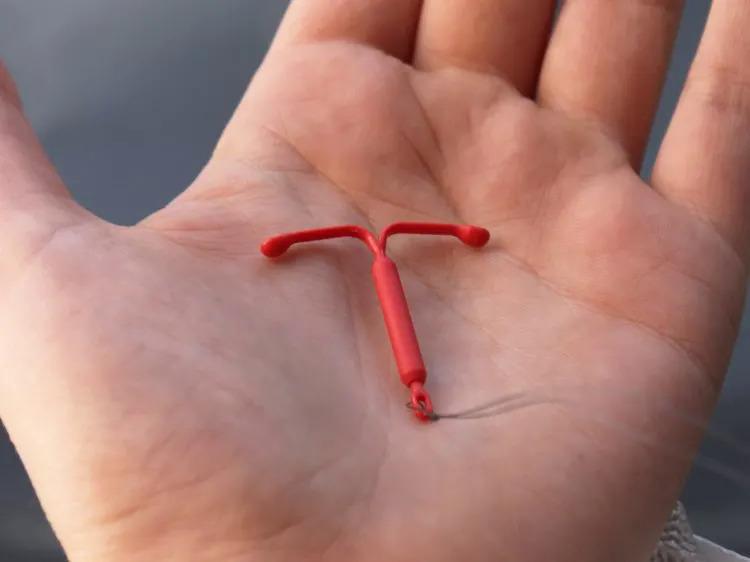Potential risks
Although many people use menstrual cups without experiencing any complications, there are some potential risks to using them. Many of these risks are similar to those of using other internal menstrual products.
Researchers have identified the following risks:
As with any other menstrual product, menstrual cups can leak during use. Leakage is more likely if the cup is full or does not fit well.
Emptying the cup regularly and using one that fits well reduce the chance of leaks. A menstrual cup that fits well will create a “seal” around the vaginal wall, and it will not move much during the day.
Inserting any object into the vagina can cause pain or small injuries. A person is more likely to experience these issues if they insert a menstrual cup roughly, have long nails, or use a cup that is too large.
The comprehensive review in The Lancet only found five people (0.15% of the participants) who experienced severe pain or injury while using a menstrual cup. The researchers suggest that this could be due to differences in anatomy or the cup being in an incorrect position.
Any product can cause a skin allergy or allergic reaction. In rare cases, this can also occur in people using menstrual cups. The Lancet review found only six cases (0.18% of the total) where cups caused an allergic reaction or rash.
As the materials that companies use to make menstrual cups can vary, some people may find that certain brands work better for them than others.

Inserting any object into the vagina can irritate the urethra and introduce bacteria to the urinary tract. A small number of people find that this occurs when they use menstrual cups.
Additionally, in rare cases, the cup may push up against the urethra and block it, leading to problems urinating.
The Lancet review identified nine people (0.27%) with urinary symptoms, three of whom developed hydronephrosis — a serious condition that causes swelling in the kidney when urine cannot escape.
Medical scans showed that in all three of these cases, the menstrual cup was not in the correct position, which may have been the cause.
Some evidence suggests that menstrual cups can dislodge IUDs, which can mean that they are no longer effective for preventing pregnancy. The Lancet reported that menstrual cup use led to an IUD becoming dislodged or coming out of the vagina in 13 participants (0.39% of the total number).
However, IUD expulsion naturally occurs in about one in 20 people, with or without the use of menstrual cups. It commonly occurs during a period, so it is not possible to confirm that the menstrual cup was the direct cause of expulsion.
A 2012 study found that the risk of IUD expulsion was no higher when people used tampons, pads, or menstrual cups.
However, people who use an IUD may wish to avoid menstrual cups if they are worried about the potential risk of expulsion.
The Lancet review did not find evidence that menstrual cups pose an increased risk of infection compared with other period products. Some of the included studies indicated that cups are less likely to cause infections than tampons or pads.
However, there is still a small risk of infection when using cups, which increases if a person does not keep their cup clean.
Toxic shock syndrome (TSS) is a serious and potentially life threatening bacterial infection that a strain of Staphylococcus aureus causes. It is most commonly associated with tampons, but in very rare cases, it also occurs in people who use menstrual cups.
Some advocates for menstrual cups cite older research as proof that TSS only occurs when people use highly absorbent materials internally, such as those found in tampons. However, more recent research shows that TSS is possible in menstrual cup users too.
According to the authors of the review in The Lancet, the risk of TSS is low.









